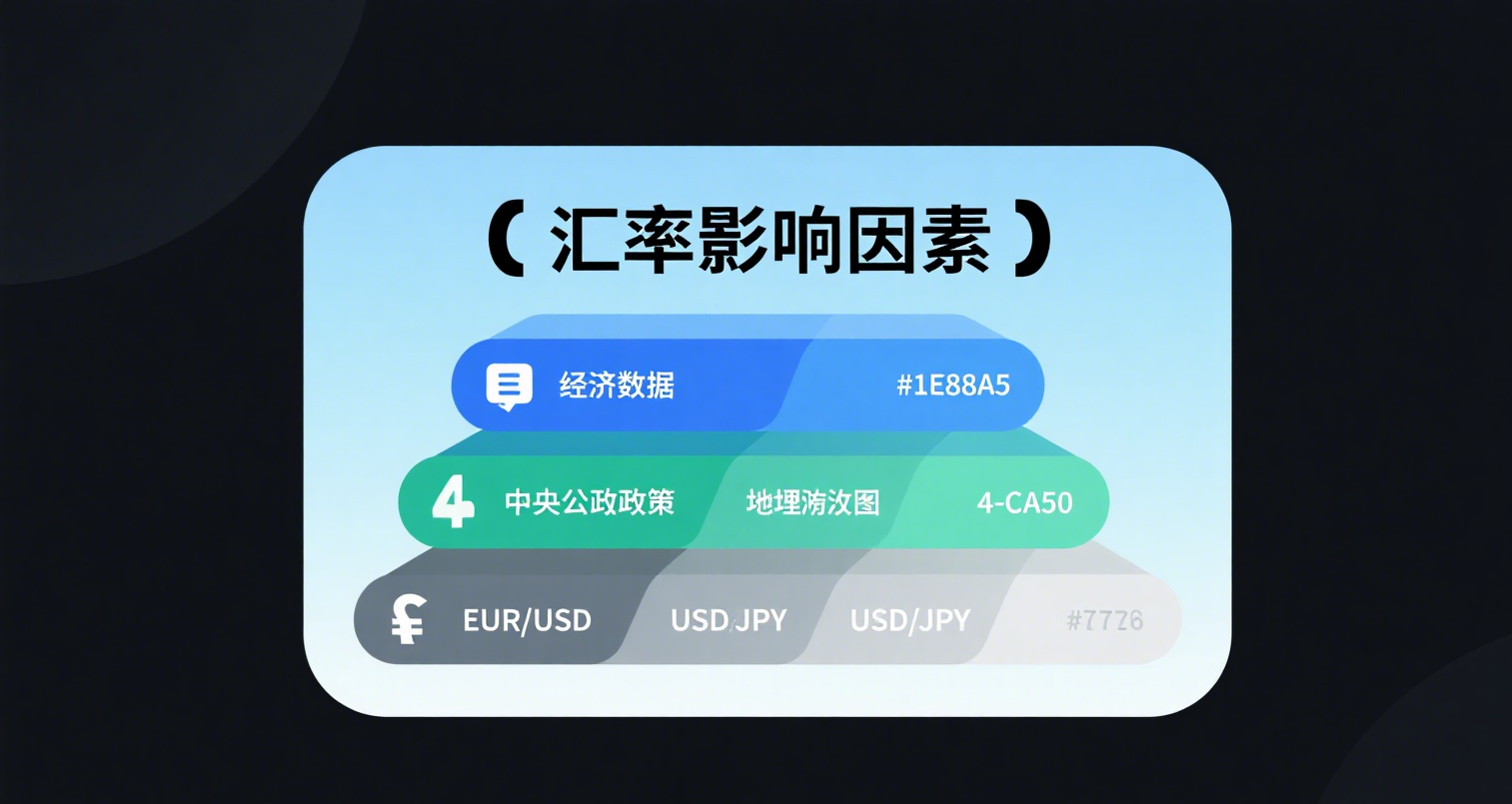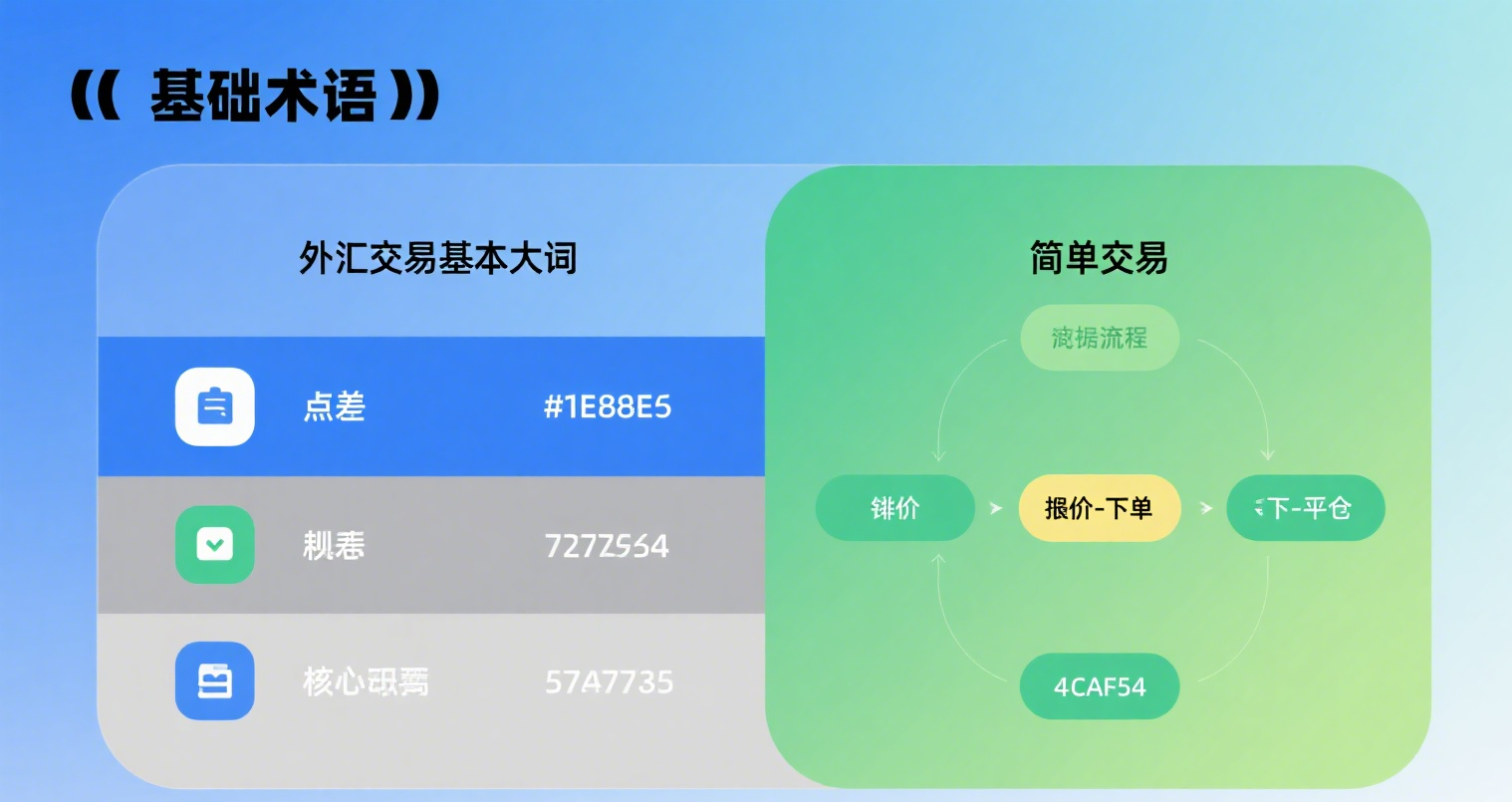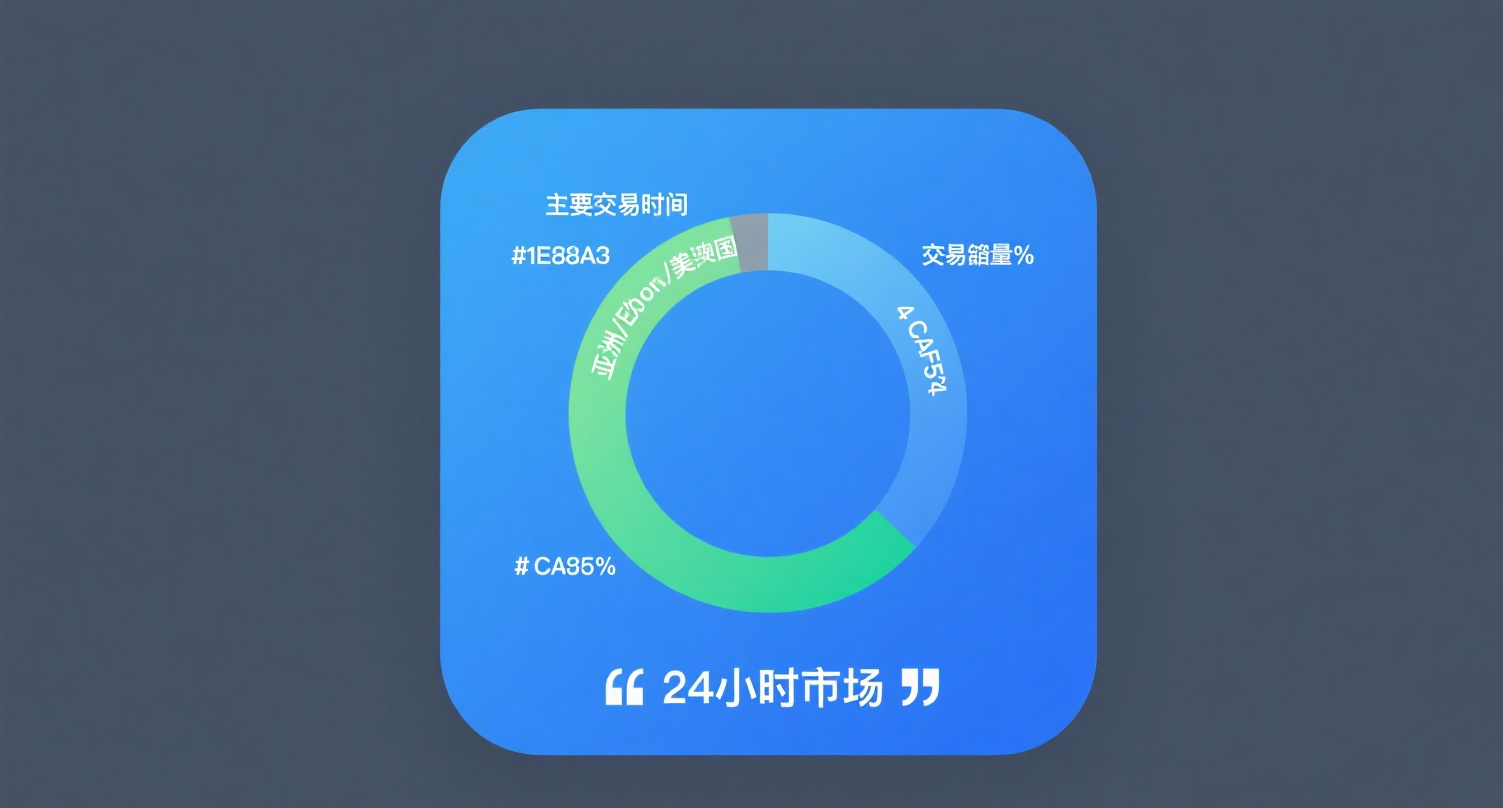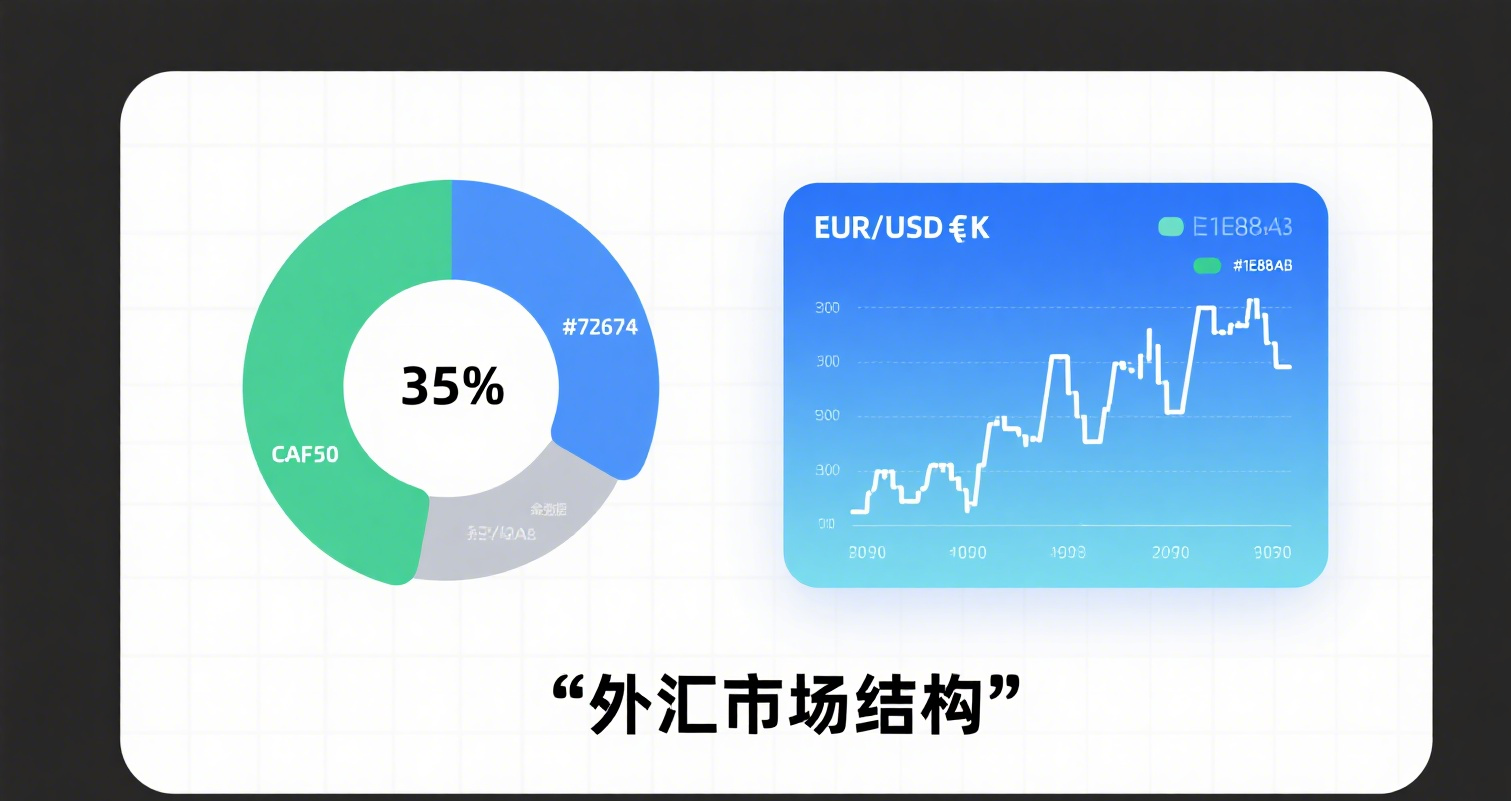
The essence of the Adam Theory is that no analytical tool can absolutely and accurately predict market trends. Every analytical tool has its flaws. Market trends are fundamentally unpredictable. If market trends could be predicted, theoretically, one could prosper using auxiliary indicators like RSI, PAR, and MOM. However, many who use these indicators fail to achieve the desired results and still suffer heavy losses. The reason is that relying on imperfect tools to predict an uncertain and elusive market is futile. Thus, the spirit of the Adam Theory teaches investors to abandon all subjective analytical tools. Surviving in the market means adapting to the trend—going with the flow is the essence of the Adam Theory. In a rising market, going against the trend by short-selling, or in a falling market, entering with a contrarian approach, will lead to utter failure. The reason is that in a rising market, prices can keep rising after already rising, and in a falling market, prices can keep falling after already falling. No one can predict in advance when the rise or fall will end. By following the trend, one minimizes the risk of losses. In short, the Adam Theory proposes the following practices:
The Adam Theory: Ten Commandments
1. You must understand how the market operates and recognize its trends; otherwise, do not trade at all.
2. When entering a trade, immediately set a stop-loss level.
3. Once the stop-loss level is hit, execute it without hesitation. Do not arbitrarily adjust or lower the stop-loss.
4. If you misjudge the market, do not compound the mistake. If your luck is bad, step away and calmly analyze and reflect.
5. If you misjudge the market, only use a stop-loss. Do not average down by adding to your position, or you may lose even more.
6. Never refuse to admit defeat when you misjudge the market, or the losses will deepen.
7. No analytical tool is perfect; all have room for error.
8. Buy when the market rises, sell when it falls—follow the trend.
9. Do not arrogantly speculate how high or low prices will go before peaking or bottoming. Tops and bottoms are the hardest to predict—just follow the trend.
10. If you misjudge the market and lose 10%, cut your losses immediately and start over. Do not let losses exceed 10%, or it will be very difficult to recover.
















